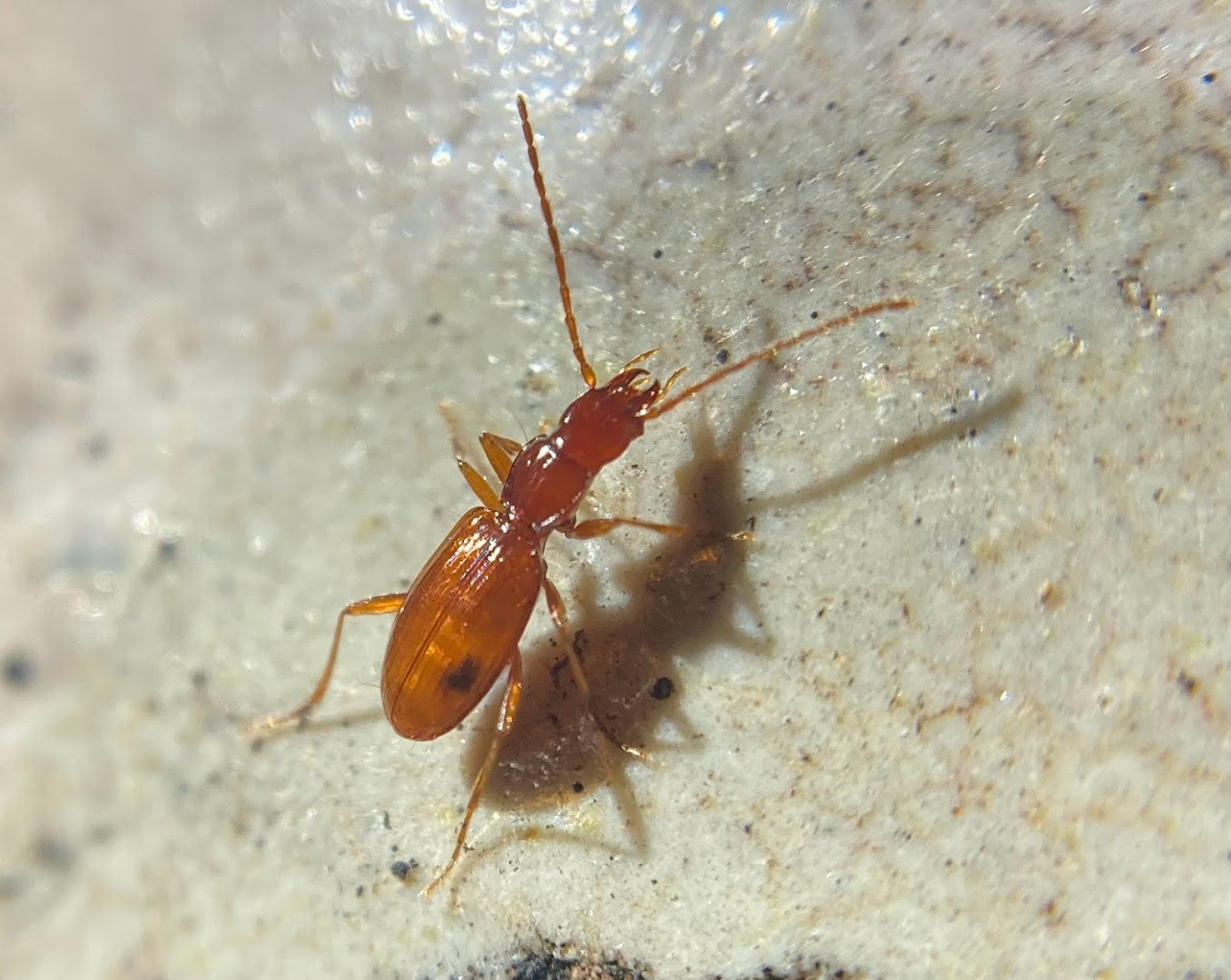Distribution and bioclimatic suitability of Duvalius hartigi, subterranean beetle from the lava caves of Mount Etna (Coleoptera: Carabidae, Trechinae)
DOI:
https://doi.org/10.13133/2284-4880/1510Keywords:
Cave-dwelling beetle, conservation, endemic species, lava tubes, subterranean habitatsAbstract
Beetles of the genus Duvalius are widely distributed in subterranean habitats across the Palearctic, from SW Europe in the West to central Asia and China in the East. The genus is also recorded from Sicily, where nine species are currently known. Duvalius hartigi was described in 2006 on material collected in lava caves of Mount Etna and since then no one has ever reported new data about this species. During the years 2020-2022, we conducted a thorough field search in lava caves on Mount Etna, aiming at unraveling the occurrence of new populations. Our work led to the discovery of twenty-two new occurrences, which in turn, allowed us to perform species distribution modeling (SDM) and to explore the bioclimatic suitability of the species, especially in light of future targeted conservation strategies. The species covers a relatively wide altitudinal and thermic range, being found in lava caves from 615 to 1840 meters a.s.l., with temperatures ranging from 3.48 to 14.80°C. According to the SDM results, the suitable area for the species ranges between 500 and 2200 meters a.s.l. with preference for colder and wetter sites, irrespectively to slope orientation. The relatively wide bioclimatic tolerance that we recovered for D. hartigi possibly reflects a high ecological plasticity, representing a stimulating topic for further studies.
Downloads

Downloads
Published
How to Cite
Issue
Section
License
Copyright (c) 2023 Giuseppe Nicolosi, Pier Mauro Giachino, Paolo Magrini, Giorgio Sabella, Marco Isaia

This work is licensed under a Creative Commons Attribution-NonCommercial-ShareAlike 4.0 International License.




